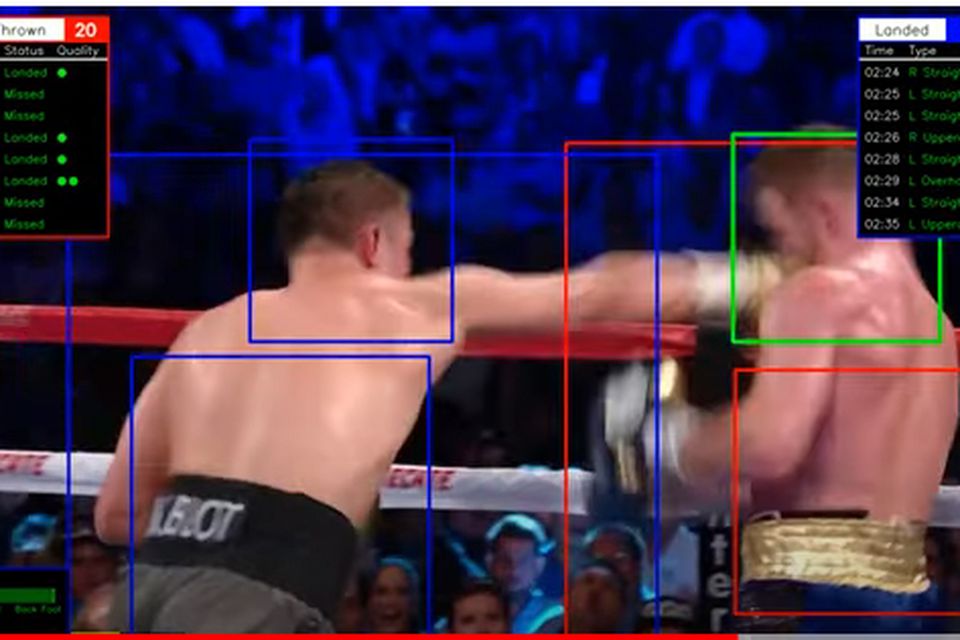New AI technology being developed that could revolutionise boxing and help eliminate judging issues
New tech is being developed by a company Jabbr that can tabulate in real time the number of punches thrown and landed by each fighter during a contest. Photo: YouTube
New technology is being developed in China that could revolutionise boxing.
A Danish research and development engineer, Allan Svejstrup Nielsen, who is a lifelong boxing aficionado, has spent the last 18 months working full-time on the project.
“We’ve built something we think might have a very big impact on a sport with 500 million fans globally.
“Our AI, DeepStrike, measures millions of data points during a fight that it funnels into 50 metrics for each boxer, not only punches thrown, landed, and their quality, but also many other aspects such as footwork, balance, and stance,” said Nielsen.
In simple terms, the system his company Jabbr has developed can tabulate in real time the number of punches thrown and landed by each fighter during a contest. Furthermore, it can identify each punch by its correct name, such as left hook, right jab, etc, and display this on a screen.
“We are just a group of techies with an interest in boxing. We are a small team with a big idea,” he explained in a Zoom call from the Chinese city of Shenzhen. The team working on the project is based there and in Copenhagen.
Already, national boxing federations and TV companies that feature boxing in their schedule have expressed an interest in using DeepStrike.
“I started watching boxing on television when I was 13 or 14, which was also the first time I stepped inside a boxing gym. I travel a lot around the world and the way I make friends in a new city is by going to the local boxing gym and working out there,” he said.
Like every boxing fan, Nielsen is acutely aware of how much the sport has been dogged by a combination of alleged corrupt and incompetent judging.
He set out to build a new version of CompuBox, a computerised scoring system developed in the mid-1980s, which is used extensively by TV networks in the United States who cover professional boxing.
Ultimately, DeepStrike could be used to assist judges in amateur and professional boxing, but Nielsen insists it will not be a panacea to resolve all the judging controversies in the sport.
“It won’t be a question of just hitting a button and getting the right result,” he said.
The company are currently aiming to raise additional capital to employ more staff to fine-tune the project, which they believe could be ready for use within six months.
Initially, it is likely to be used by broadcasting companies as well as national boxing associations that already employ analysts who do statistical reviews of fights involving their own boxers and opponents.
But it has the potential to change how boxing matches are judged and finally resolve the sport’s perennial issues around the issue of judging.















